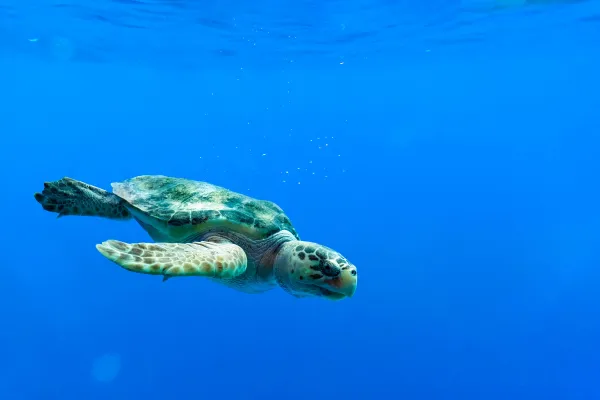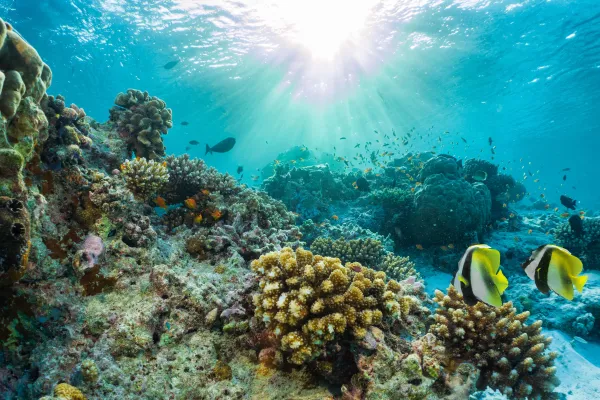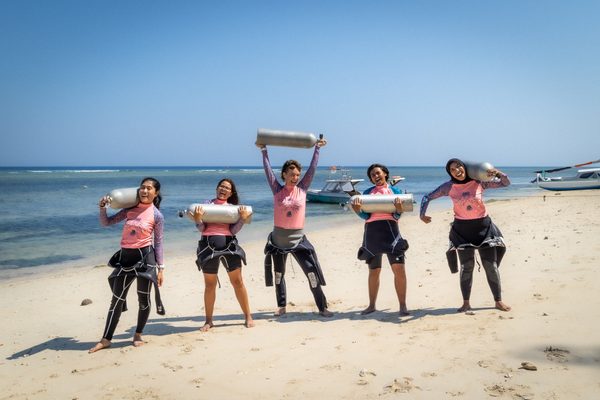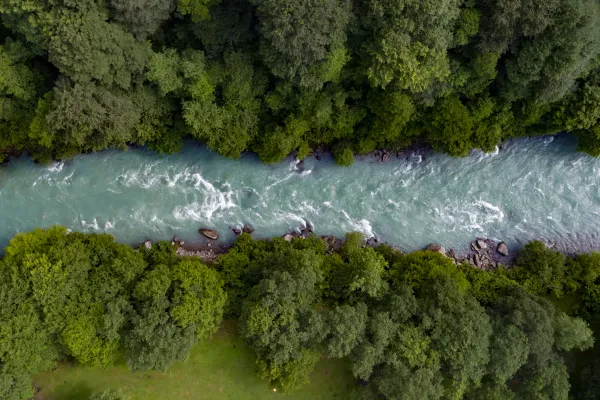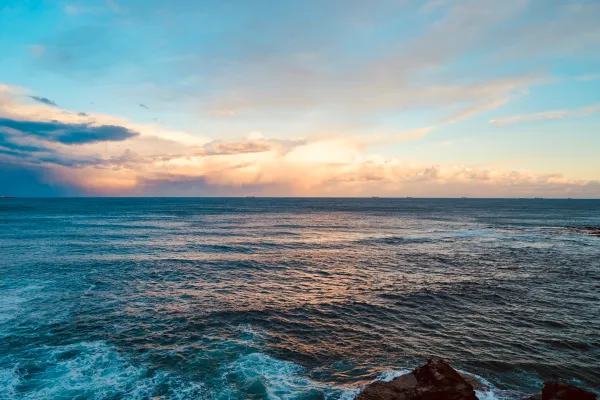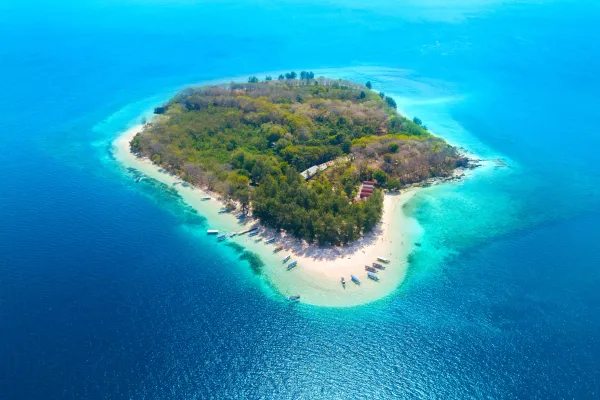Understanding marine life on a micro level
Most people experience the ocean in passing: through a single dive, a snorkel trip, or perhaps even just from the shore. It’s a snapshot; a fleeting impression of colour, movement, and mystery.
But when you spend weeks or months immersed in the same reef, the picture changes completely. Suddenly, the ocean isn’t just scenery; it’s a living community where every detail matters. Learn more about understanding marine life on a micro level.
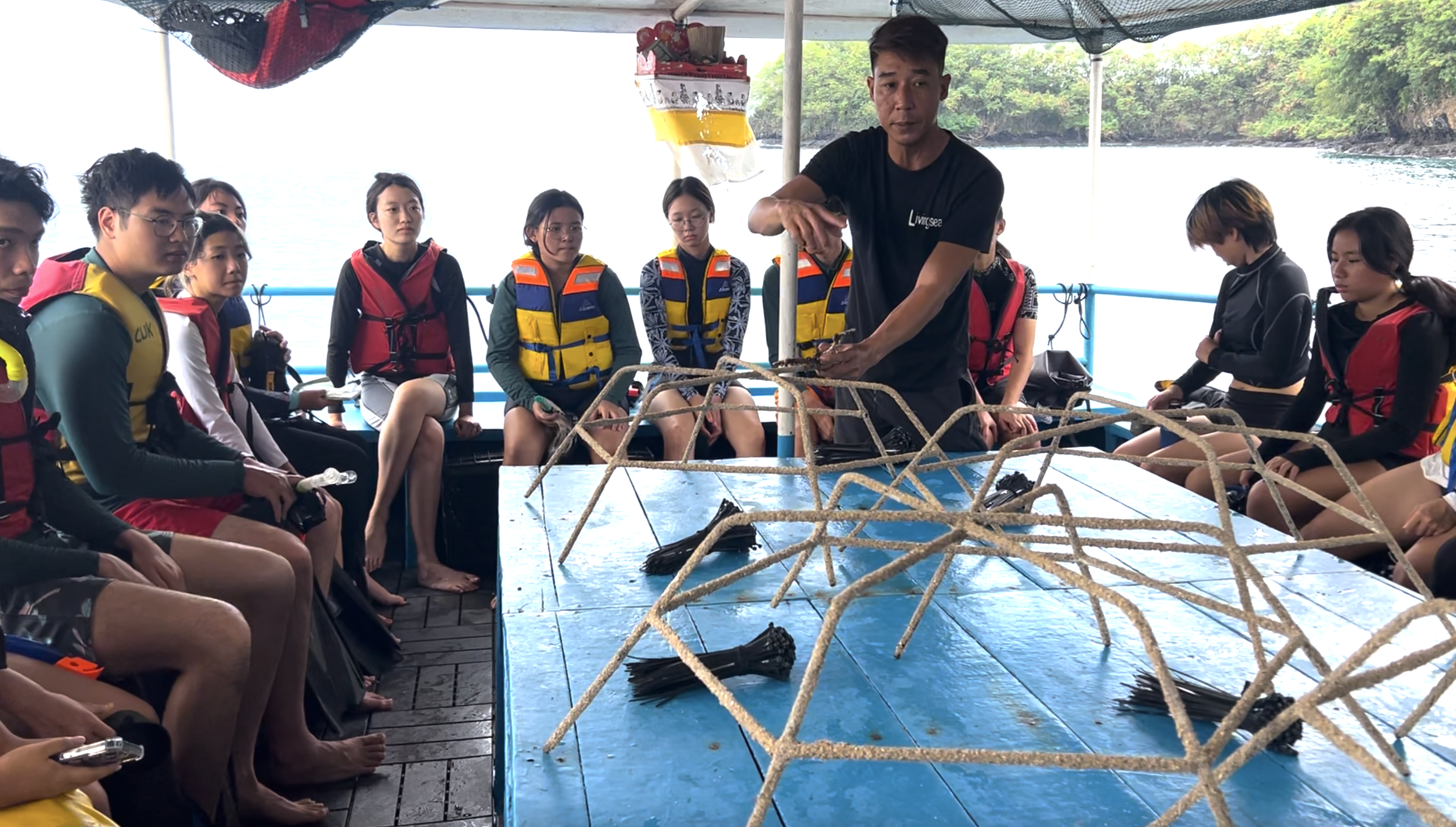
Life in restoration mode
At Livingseas, our coral restoration site now covers more than 6,000 square metres, and it’s still expanding. Unlike a casual dive, our work is hands-on: planting new coral, removing dead fragments, and maintaining structures to ensure the reef thrives.
This active involvement means we’re not just visitors to the ocean; we’re participants. With that participation comes a new kind of intimacy. One of the most fascinating parts of restoration is performing maintenance on existing structures.
While planting begins with bare patches of reef, revisiting those same spots a few months later reveals an incredible transformation. Fish return. Invertebrates are found above and below the structures. The entire space becomes alive again.
Becoming one with the fish
Spend enough time on the reef, and the roles reverse. Divers often feel like intruders, fish scattering at the first sign and sound of bubbles. But in restored areas, when we’re working on the corals, it’s the fish who approach us.
Wrasse and damselfish hover nearby, curious about every movement. Some even shadow us throughout entire dives, waiting for a freshly moved coral fragment to reveal a hidden worm or crab.
I once had a guest watch, wide-eyed, as a wrasse snatched up a crab we’d accidentally displaced. At first, they worried we’d “done harm.” But that’s the reality of the reef: it’s the cycle of life, and in restoration, we’re not just watching it, we’re part of it.
What starts as maintenance quickly becomes a dance with the reef’s residents; some curious, some territorial, all reminding us that this is their home first. These moments make it crystal clear: restoration isn’t just about planting corals; it’s about stepping into an ecosystem and becoming part of its everyday drama.
Being on the reef so often, these reef fish are so comfortable with having divers around that they swim right up to and in front of our masks, getting in the way of us building them new homes! The audacity of these little friends!
Seeing time differently
Most divers get that single snapshot of a reef, but restoration divers experience a timeline. We watch fish populations rise and fall with predation and fishing, see corals thicken and branch out over the years, and witness ecosystems stabilise.
Maintaining different sections of the mature reef over the years, I’ve seen generations of different species of fish come and go. Schools grow larger, and one day, suddenly, there’s a cloud of little fish swimming around their larger relatives.
Give it a few more months, and now the family is all grown up and similarly sized. Another year, and another generation appears again. A site stops being a dive spot, it becomes a community you’re familiar with, it becomes a community you’re invested in.
Tangible change you can feel
The most rewarding part of restoration is that the results are very visible and tangible. Corals you planted months ago are now nurseries for fish and other invertebrates. Areas once barren and full of rubble are now alive with colour and motion.
We all have our favourite corals and areas of the reef, as well as our favourite fish, following us around like little puppies waiting for a treat. We visit them each time we dive, and we hope they recognise us as well.
Even divers who return a year later are astonished at how much denser, richer, and more vibrant the site has become. This is why our marine conservation internships include nearly 100 dives on the restoration site in just a few months.
Participants don’t just visit the reef; they get to know it intimately, at a micro level, and they see with their own eyes how their effort helps turn decline into growth.
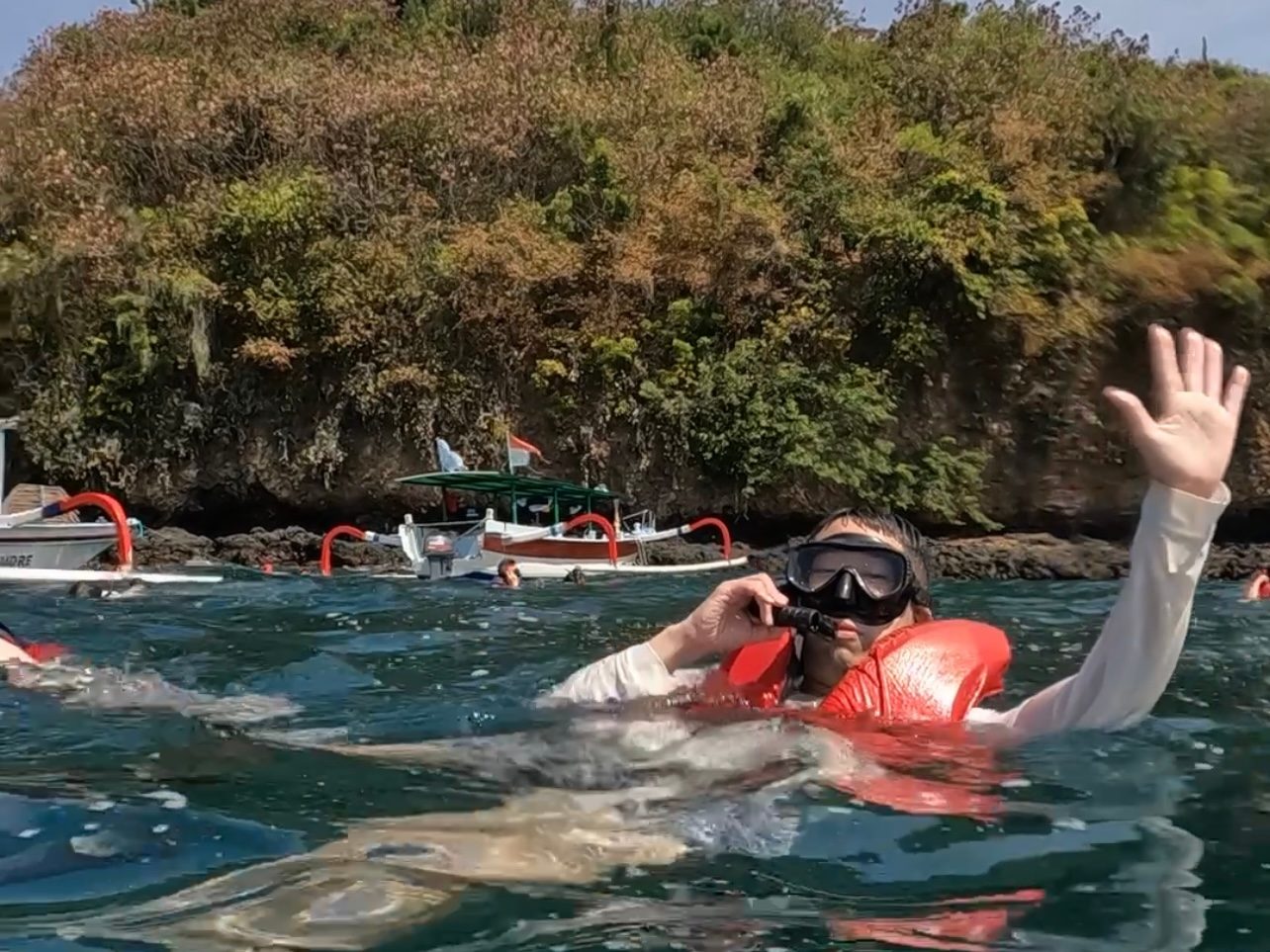
An invitation to experience it yourself
Restoration isn’t abstract. It’s not a headline, a statistic, or a distant problem. It’s real, visible, and tangible, something you can touch, feel, and fall in love with.
That’s the power of spending time beneath the surface: not as a visitor, but as a participant; not just seeing the reef, but helping it flourish.
If you’re curious about how change happens underwater and want to experience it firsthand, our Livingseas internship programmes offer exactly that. Come dive with us, stay awhile, and see how the ocean transforms when we give it a chance.
Sign up for the newsletter
By clicking on “Subscribe now” I will subscribe to the Conscious Explorer newsletter with all the information about mindful travel. Information on the success measurement included in the consent, the use of the shipping service provider MailChimp, logging of the registration and your rights of revocation can be found in our privacy policy.



